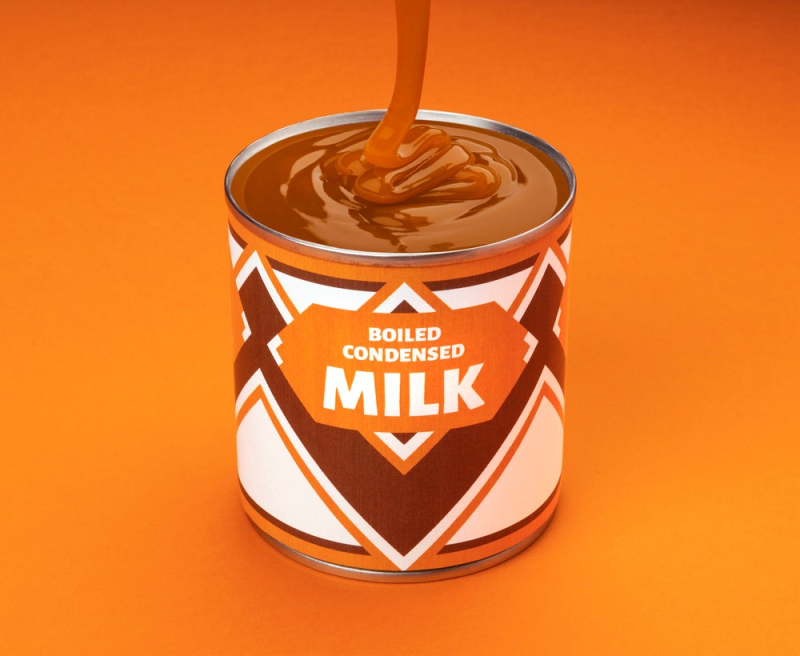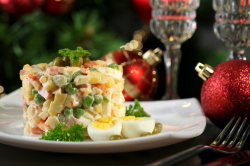Tushonka – canned meat. A local version of Spam, it’s salty, fatty and very satisfying. People who grew up in the Soviet Union or right after its collapse have consumed it with potatoes, in borscht, over rice and pasta, in pies, and of course, all by itself. They’ve taken it camping and fishing, and stashed it at the dacha in case hungry friends showed up. It used to be that cheap tushonka was made out of pork and the expensive kind out of beef, but now there’s all sorts of gourmet versions – from goose to elk. Take your pick.
Kabachkovaya ikra – zucchini “caviar”. It might be a world away from real caviar, but this vegetarian treat is as bright as its color, featuring zucchinis, carrots, tomato paste and onions all cooked together into a paste. Is it a dip? Is it a spread? Is it a side dish? Yes all around. Is it a ray of summer sunshine on the plate? For the vitamin D-deprived, for sure.
Shproti – sprats in oil. A cousin of the sardine, sprat is a little oily fish that makes its way to both celebration meals and week-night dinners. My brother-in-law brings his own can to most family gatherings even if there will be shashlik and birthday cake. Most people will line the little fish on a slice of bread for a sandwich or eat them straight out of the can along with boiled potatoes, pasta or buckwheat.
Sguschonka (sguschenoe moloko) – sweetened condensed milk. Think gooey, gluey, sweet deliciousness. If other cultures use it mostly for cooking, Russians will dip their finger in it and lick it. It is used for pouring over blinchiki, as a filling for candy, as a glue that keeps layers of cakes together and as flavoring for tea and coffee. If you eat an entire can all by yourself, everyone would understand. Want to make it even more addictive? Boil the can in water for three hours and let its contents caramelize into dulce de leche. Just let it cool before opening, or it might explode!
Still got the munchies? Check out some arctic snacks!




